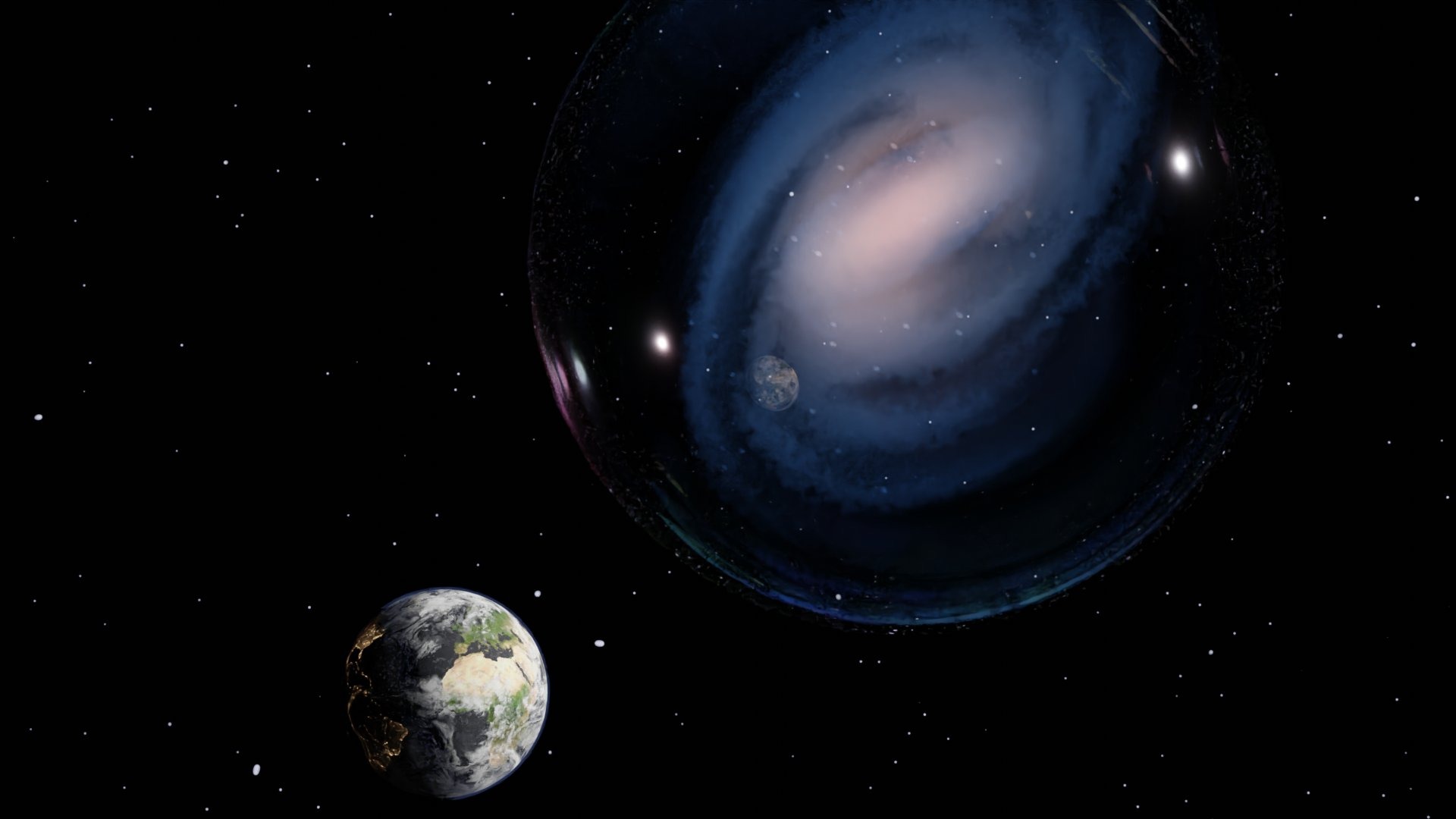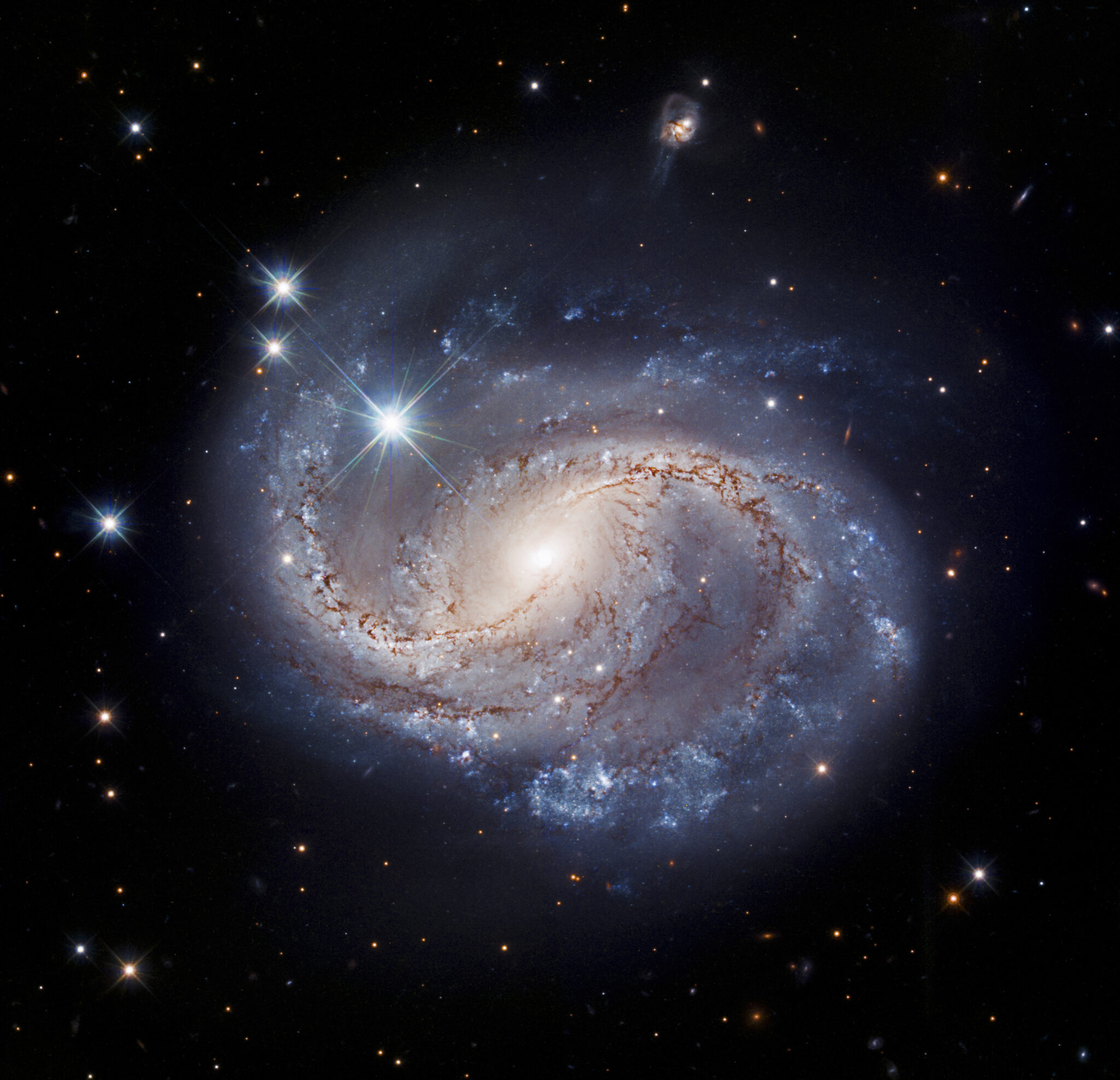Previously, it was thought that galaxies need billions of years to form bars — areas of increased density of stars and gas crossing the core. The Milky Way is also an example of a system with a bar. However, the new discovery of the James Webb Space Telescope may change scientists’ understanding of the evolution of galaxies.

An international team of scientists used a space telescope to detect the most distant galaxy with a bar in the Universe. This was how Ceers-2112 was found, formed only two billion years after the Big Bang. Thus, the observation proves that galaxies with a bar appeared earlier than scientists thought.
Ceers-2112 is too dim to see its spiral arms, but the discovery of a dense bar in the centre convinces astronomers that it is very well-developed for its age.
ceers-2112, the furthest progenitor of the Milky Way.
Published in @Nature.https://t.co/LrNpC6TB7B pic.twitter.com/k9KAGDTjjq— Luca Costantin (@Costantin_L) November 8, 2023
According to astronomer Alexander de la Vega from the University of California, the discovery of Ceers-2112 indicates that galaxies have evolved faster than expected. A study conducted by Spanish scientists and published in Nature confirms this conclusion.
“Finding ceers-2112 shows that galaxies in the early universe could be as ordered as the Milky Way. This is surprising because galaxies were much more chaotic in the early universe,” the scientist explains the significance of the discovery.

Earlier, NASA claimed that galaxies with bars were “late.” A study conducted by Kartik Sheth of the California Institute of Technology in Pasadena showed that 7 billion years ago there were fewer such galaxies in the Universe. The scientist and his team studied more than 2,000 star systems using the Hubble telescope. The researchers concluded that the formation of bars is an important stage of galactic evolution, and it may occur faster than thought.
Bars are formed in spiral galaxies when the orbits of stars around their cores become unstable, growing in size. Their gravity attracts more neighbouring luminaries. In the end, a large percentage of objects in the heart of the galaxy end up in this area. This is how the bar is formed.
The team of researchers who discovered Ceers-2112 believes that this discovery forces astronomers to reconsider the theories of galaxy formation, as it demonstrates that complex structures can arise even in a very young Universe.
According to news.ucr.edu
Follow us on Twitter to get the most interesting space news in time
https://twitter.com/ust_magazine

